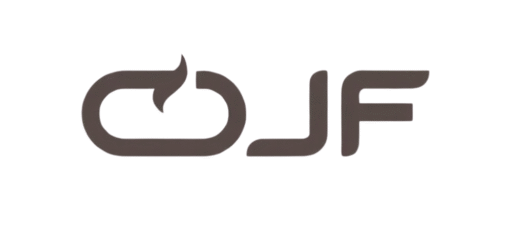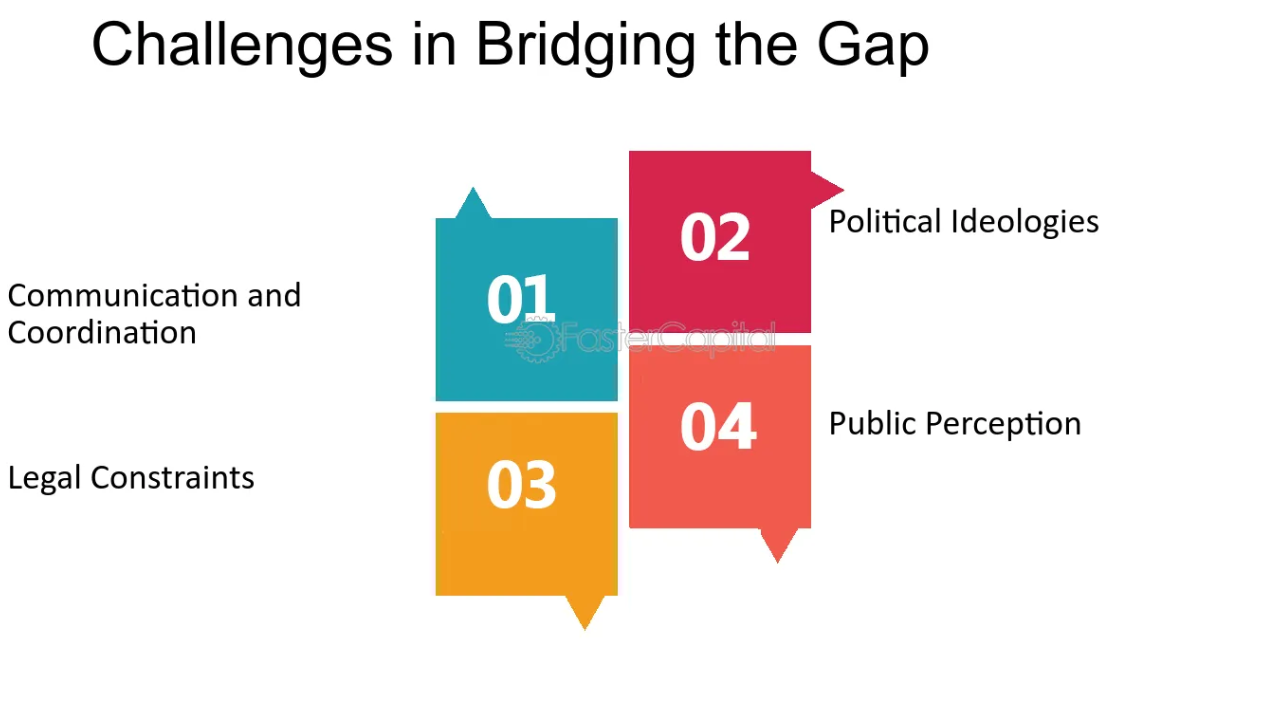
Legal professionals operate under strict codes of ethics meant to uphold justice, fairness, and integrity. But in the eyes of the public, legal ethics often fall short of meeting real-world expectations. From high-profile acquittals to perceived loopholes exploited by wealthy clients, a widening credibility gap threatens the legitimacy of legal institutions. Bridging this divide is essential—not only for restoring public trust but for making the law more relevant, responsive, and just.
This article explores why the gap exists, where legal ethics miss the mark for the public, and how systems can evolve to reflect a more holistic sense of justice.
Why the Gap Exists Between Legal Ethics and Public Expectations
Legal ethics are grounded in formal codes—confidentiality, competence, due process, impartiality—but these standards often seem disconnected from what ordinary people expect from a fair and moral justice system.
Key Factors Behind the Gap:
- Technical vs Moral Justice: Courts may deliver a legally correct decision that feels morally wrong to the public.
- Perceived Elitism: Complex legal language and processes often alienate non-experts.
- Inaccessibility: The public sees legal systems as biased toward the wealthy and powerful.
- Slow Reforms: Legal ethics evolve slower than societal norms and expectations.
- Opaque Processes: Lack of transparency in decision-making fuels suspicion and mistrust.
Areas of Disconnection: Legal Ethics vs Public Perspective
| Ethical Standard | Legal Application | Public Perception |
|---|---|---|
| Client Confidentiality | Protects client rights, even for the guilty | Viewed as shielding criminals from justice |
| Zealous Advocacy | Defending clients to the fullest extent | Seen as enabling unethical loophole exploitation |
| Impartiality | Avoids personal bias or conflict of interest | Misread as lack of moral judgment or empathy |
| Presumption of Innocence | Essential until proven guilty | Sometimes seen as protecting the guilty |
| Plea Bargaining | Reduces court burden through negotiated deals | Seen as justice shortcuts for serious crimes |
While legal professionals operate within ethical boundaries, the public often evaluates outcomes based on broader notions of right, wrong, and fairness.
Consequences of the Ethical-Expectation Divide
This misalignment isn’t just theoretical—it has tangible consequences for society:
- Erosion of Public Trust: When people lose faith in the system, they become less likely to engage or comply.
- Undermining of Justice: Perceived double standards damage the system’s legitimacy.
- Increase in Populist Demands: Calls for harsh punishments or extralegal action rise when institutional responses appear inadequate.
- Reduced Access to Justice: Marginalized groups may avoid the legal system altogether due to cynicism or fear.
Strategies to Bridge the Gap
Bridging this ethical gap requires a multifaceted approach that blends legal rigor with public sensitivity.
1. Reform Ethical Codes to Reflect Modern Values
- Introduce clauses on social accountability, equity, and access to justice.
- Update confidentiality rules to allow limited public interest exceptions (e.g., whistleblowing protections).
2. Public Legal Education
- Launch educational campaigns about why legal ethics exist and how they protect both individual rights and social justice.
- Use media, storytelling, and real-world analogies to demystify legal processes.
3. Transparency in Legal Proceedings
- Publish plain-language summaries of rulings, especially in high-profile cases.
- Use public reporting and open data on sentencing, plea bargains, and acquittals.
4. Community Engagement in Legal Processes
- Involve community panels or ombudspersons in oversight of ethical complaints.
- Include citizen juries or lay advisors in court administration reform.
5. Ethics Training with Public Sensitivity
- Integrate emotional intelligence, cultural competency, and social equity in ongoing legal education.
- Simulate public-facing scenarios in ethics training to build real-world empathy.
Real-World Progress and Examples
- Canada’s Truth and Reconciliation Commission worked with legal bodies to reform justice processes for Indigenous communities—aligning ethics with historical accountability.
- Restorative Justice Models in New Zealand and the U.S. emphasize victim healing and community voice alongside formal legal procedures.
- OpenCourts initiatives in several countries livestream judicial proceedings and provide public comment forums to build transparency.
These efforts show that ethical codes and public expectations need not be in opposition—they can evolve together.
Overview Table: Bridging Legal Ethics and Public Expectations
| Focus Area | Legal Ethical Principle | Public Expectation | Bridging Solution | Impact | Example Initiative |
|---|---|---|---|---|---|
| Confidentiality | Protect client information | Prevent shielding of harm-doers | Add public interest exceptions | Balanced protection and accountability | Whistleblower clauses |
| Court Decisions | Rule-based judgment | Moral and community-oriented justice | Publish simplified rulings | Improved public understanding | Judicial transparency programs |
| Access to Justice | Equal legal representation | Fair access regardless of wealth | Expand legal aid and pro bono mandates | Reduced class bias in outcomes | Universal legal aid expansion |
| Lawyer Conduct | Zealous advocacy | Ethical behavior over technical wins | Include social impact in ethics rules | Encourages integrity over legal maneuvering | Professional ethics reform panels |
| Legal Education | Code-based training | Human-focused, empathetic lawyers | Add emotional and cultural intelligence | Aligns future lawyers with public needs | Reform in bar association training modules |
| Public Participation | Limited civic input | Involvement in justice reform | Include community panels and ombuds roles | Enhances systemic legitimacy | Participatory legal system models |
3 Best One-Line FAQs
Q1: Why does the public often mistrust legal ethics?
Because legal processes sometimes produce outcomes that conflict with moral or societal expectations of fairness.
Q2: Can legal ethics be updated to reflect modern values?
Yes—ethical codes can evolve to incorporate social justice, transparency, and public accountability.
Q3: How can the legal system regain public trust?
By improving communication, reforming ethics to reflect public concerns, and engaging citizens in the justice process.
Conclusion
Legal ethics aren’t broken—but they are outdated in places where the public sees injustice in technicality. Bridging the gap doesn’t mean abandoning legal principles; it means expanding them to meet the demands of a diverse, informed, and justice-hungry society. When legal ethics evolve in dialogue with public expectations, the result is a justice system that’s not just lawful—but also truly just.

